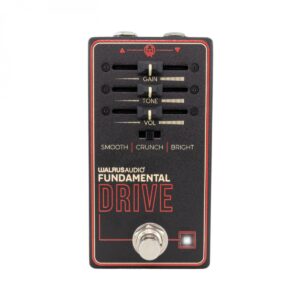Description
The Walrus Audio Walrus Audio Descent Reverb Octave Machine Pedal,… is in a used condition and made by Walrus Audio , it is a just a great … Pedal Machine Octave Reverb Descent Audio Walrus Audio Walrus Reverb Guitar Effect Pedal – Nearly new item in excellent “as new” condition with very minor damage to the box.The Walrus Audio Descent Reverb Octave Machine has 8 controls tha… . Available from Just Pedals marketplace for only £265.20 (+delivery). Read More for ordering, more details and pics.














Reviews
There are no reviews yet.